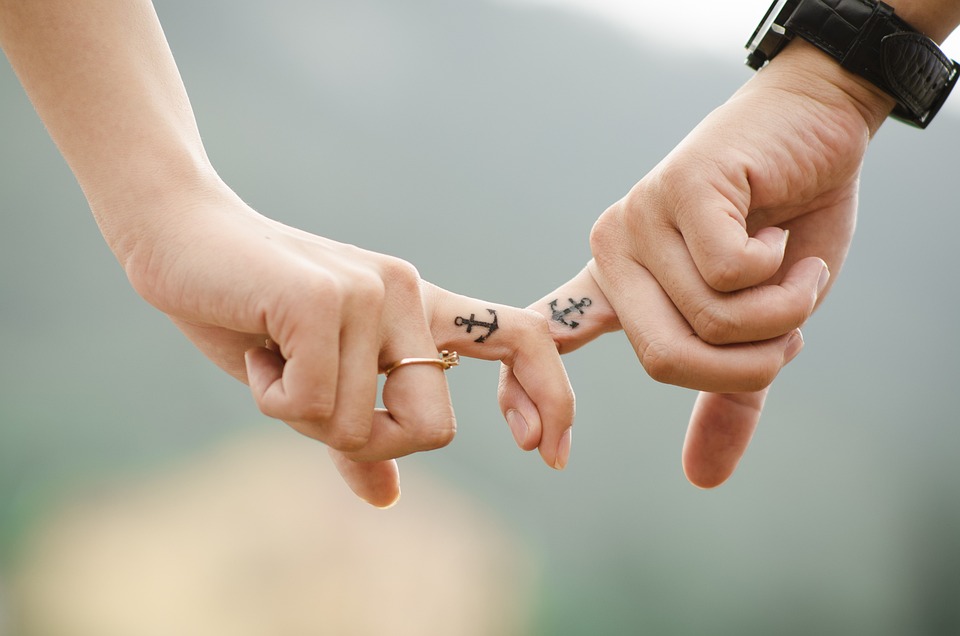The art of tattooing has been around for centuries, but it is only in recent years that it has gained mainstream popularity in Germany. Historically, tattoos were seen as taboo and associated with criminality and deviance. However, attitudes towards tattoos have shifted dramatically, and they have become an integral part of self-expression and body art for many Germans.
Germany has a rich history of tattooing, dating back to the days of the ancient Celts and Germanic tribes. These early tattoos were often symbolic and represented tribal affiliations, social status, or personal achievements. However, with the rise of Christianity, tattoos fell out of favor and were stigmatized as a mark of the devil.
It wasn’t until the late 19th century that tattoos started to regain acceptance in Germany. Sailors returning from their travels brought back tattoos from foreign lands, and these exotic designs captivated the imaginations of the public. Underground tattoo studios began to appear, catering mainly to maritime clientele. These early tattoo artists were considered outcasts and operated in the shadows of society.
In the aftermath of World War II, tattoos experienced a resurgence in Germany. The war had brought people from all walks of life together, and tattoos became a way to memorialize lost loved ones or signify bravery and unity. Soldiers returning from the war often got tattoos of their military insignia or symbols of remembrance. This marked the beginning of a new era for tattoos in Germany.
Since then, the popularity of tattoos has steadily grown throughout the country. Today, you can find tattoo studios in every city, offering a wide range of styles and designs. German tattoo artists have become highly skilled and are often sought after for their unique and innovative work.
One factor contributing to the growing popularity of tattoos in Germany is the increasing acceptance and normalization of body modification. Society has become more tolerant of individuals expressing themselves through various means, including tattoos. The belief that tattoos are solely associated with criminal behavior or rebellion has faded away, and they are now seen as a legitimate form of art.
Additionally, the influence of popular culture, especially the music and fashion industry, has played a significant role in the rise of tattoos. Many celebrities, musicians, and influencers proudly display their ink, which has helped to destigmatize tattoos and make them more socially acceptable.
The rise of social media has also contributed to the popularity of tattoos in Germany. Platforms like Instagram provide a space for tattoo artists to showcase their work, connect with potential clients, and inspire others. Many people are influenced by the beautiful and intricate tattoo designs they see online and are motivated to get their own.
Similarly, the increasing number of tattoo conventions and expos in Germany has helped to promote the tattoo culture and attract a broader audience. These events bring together tattoo artists from around the world, allowing enthusiasts to get inked by renowned artists and learn more about the art form. They create a sense of community and provide a platform for the exchange of ideas and styles.
It is important to note that the growing popularity of tattoos in Germany is not limited to a specific gender or age group. People of all ages and backgrounds are getting tattoos, from young hipsters to middle-aged professionals. Tattoos have become a means of self-expression, allowing individuals to tell their stories and mark significant moments in their lives.
In conclusion, the popularity of tattoos in Germany has seen tremendous growth in recent years. Dark stereotypes and prejudices have been replaced with acceptance and admiration for this ancient art form. From its historical roots to the influence of popular culture, tattoos have become an integral part of German society, allowing individuals to express their identities, celebrate their history, and adorn their bodies with stunning works of art.




